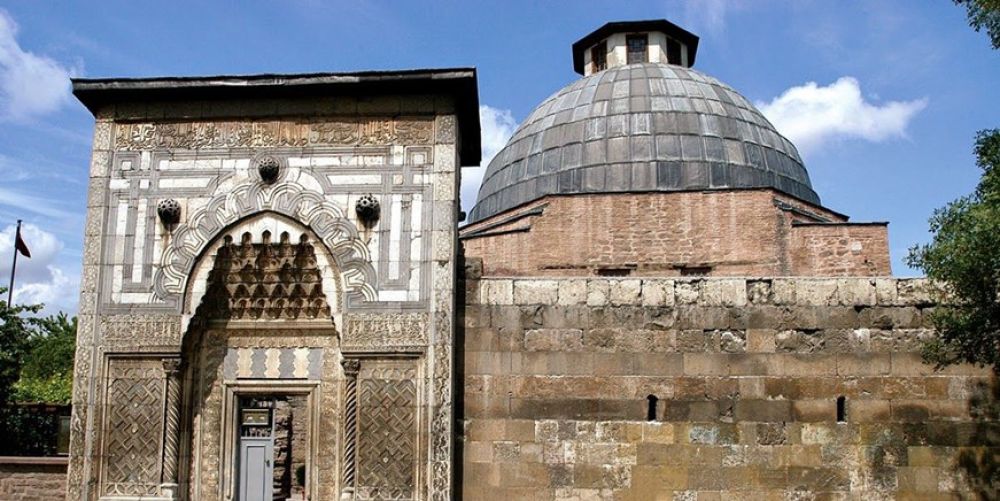

Karatay Madrasa, situated in the historical city of Konya, Turkey, has a rich heritage that adds to its appeal as a significant cultural and educational tourism spot. The madrasa was named after its founder, the prominent Emir Celaleddin Karatay, and was established during the reign of the Seljuk Sultan Alaeddin Keykubad I in the 13th century. It is known for its architectural beauty and historical significance in the world of Islamic education.
The tourism history of Karatay Madrasa is closely tied to Konya's status as a spiritual center, largely due to the famous Sufi mystic, Rumi, who lived and taught in the city. Over the years, Konya, and by extension Karatay Madrasa, has drawn visitors interested in both religious history and the study of Islamic art and architecture.
Karatay Madrasa has been especially noted for its Faience tiles that adorn the interior, showcasing intricate geometric designs and calligraphy. The artistic importance of the madrasa has turned it into a popular destination for those passionate about Seljuk art and architectural aesthetics.
In 1955, the madrasa was repurposed into the Karatay Tile Museum, further cementing its place in the tourist map by preserving and displaying the best examples of Seljuk ceramics.
In recent years, there has been a trend towards experience-based and educational tourism, which has positively impacted the popularity of historical sites like the Karatay Madrasa. Visitors are increasingly seeking immersive experiences that combine learning about the rich cultural tapestry of the destinations they visit.
Another trend is the rise in digital engagement, with virtual tours and online repositories providing access to the architectural marvels and artefacts of the madrasa. This increased digital presence helps in attracting younger generations and international tourists who are able to appreciate the site's beauty and history from afar.
Efforts in the conservation and restoration of historical sites have also heightened the appeal of Karatay Madrasa. Such initiatives ensure the site's preservation, allowing tourists to experience its majesty in a state close to its original glory.